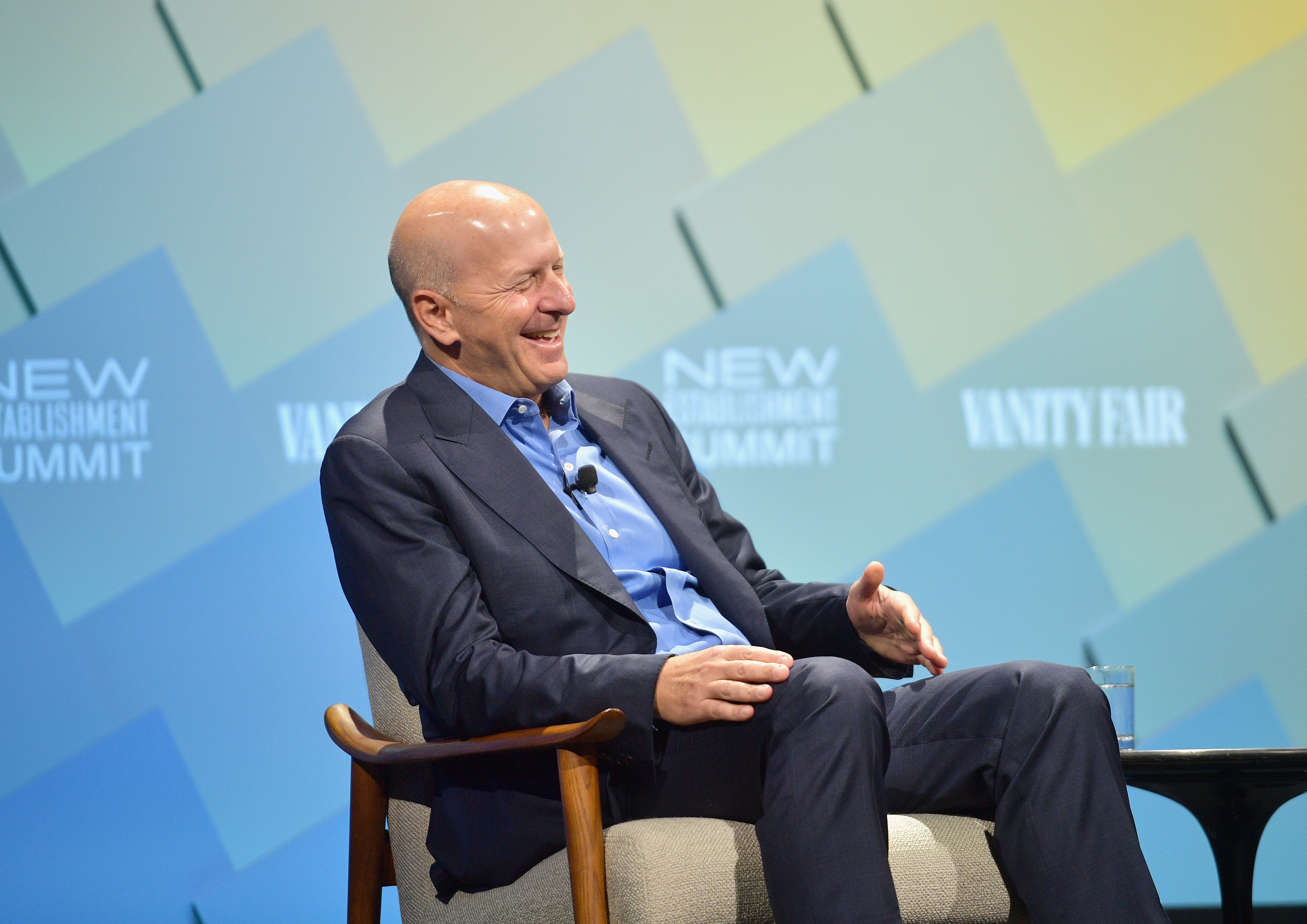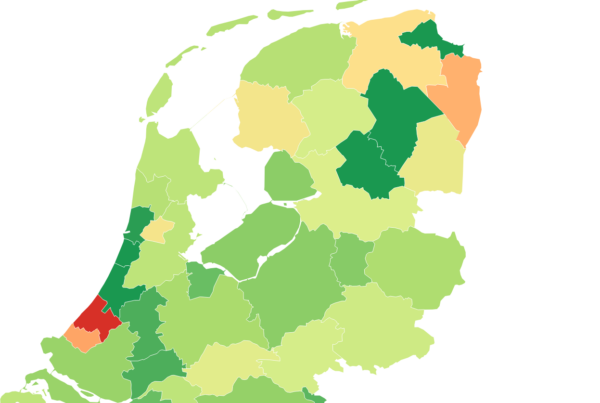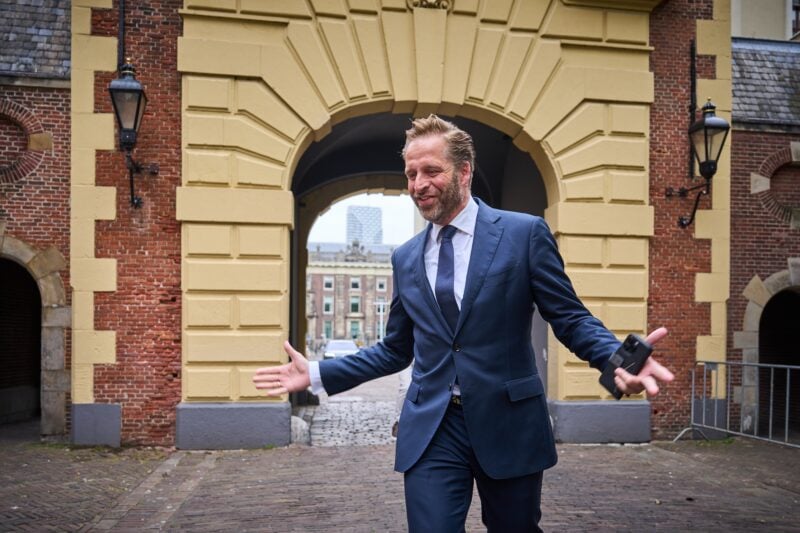- Goldman Sachs CEO David Solomon said he joined Instagram because his precedes sor, Lloyd Blankfein, was already a big user of Twitter.
- Solomon spoke to a crowd at the Milken Institute Conference in Beverly Hills on Monday.
David Solomon has an interesting explanation for why he joined Instagram.
“My predecessor Lloyd was a big user of Twitter and he’s a lot funnier than I am,” Solomon, the CEO of Goldman Sachs, said in response to a question about why he joined the social media platform focused on photos. Solomon spoke at the Milken Institute conference in Beverly Hills on Monday.
Lloyd Blankfein, the former CEO of Goldman, sent his first tweet in June 2017 and has since added 107,000 followers with many tweets that looked like they were trolling President Donald Trump. His first tweet commented on Trump’s decision to withdraw the US from the Paris climate-change accord.
Solomon hasn’t taken the same tone with Instagram. He’s used the service to promote his side hobby as a dance-music DJ, which has been popular with employees and other younger Wall Street bankers. Solomon owns two Instagram accounts, one under his name with 13,800 followers and the profile language “Dad. DJ. Day job @goldmansachs.” He also runs one under his DJ moniker, with 20,500 followers.
It's all part of a larger communication strategy to talk to the firm's various stakeholders, Solomon said.
"These are communication strategies," the CEO said. "I thought Instagram for us was an interesting platform to communicate with first and foremost our people," he said, adding "I needed a more modern way to communicate to a workforce that is 75% millennial."
Solomon said he felt like it was a new way to "evolve the communication" that's gotten "pretty good" feedback. Solomon added that Goldman is thinking about other ways of communicating with its various stakeholders.
"One of the things of the world we live in is the visibility of a leader in a role to be connected to clients, to people, in a more authentic way," he said. "CEOs don't sit up in an ivory tower anymore, isolated, and if you do by the way it's going to be an unsuccessful way to lead your organization. You have to be a little more available, a little more vulnerable, more human and you have to be in touch. I think these tools can be helpful in doing that."
Read more:










